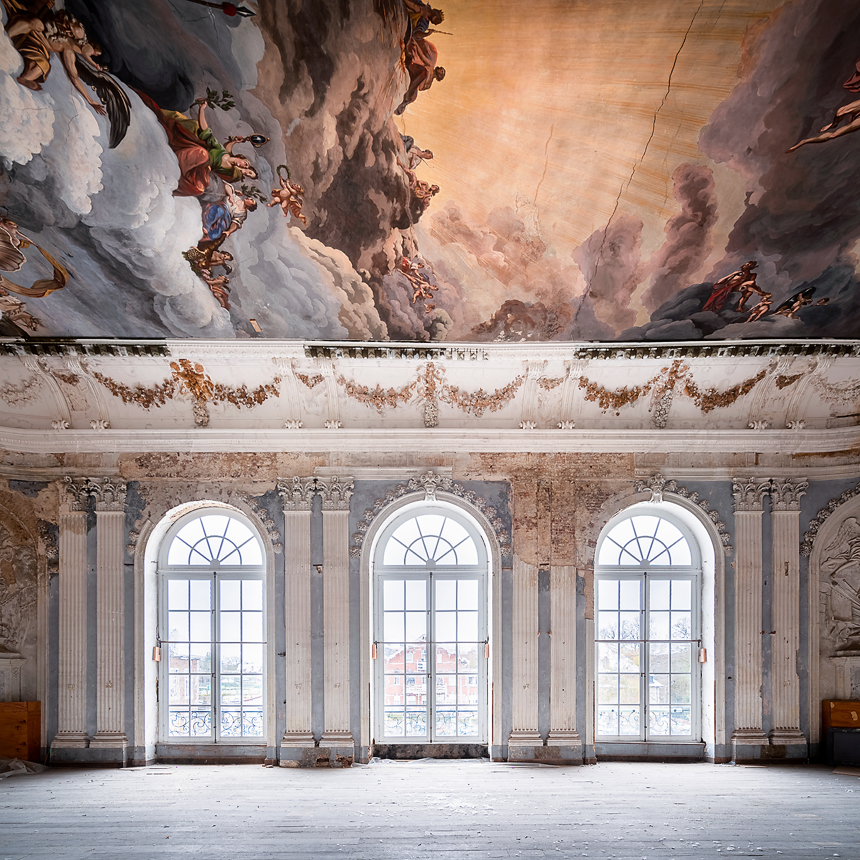Roman Robroek seeks the forgotten. A true nomad, he travels to abandoned locations across the globe, documenting urban decay with his haunting photography and wistful writing. His work offers a glimpse of the past, and reminds us that everything is temporary.
Robroek’s new book Oblivion showcases his discoveries in stunning detail. Here’s a taste:

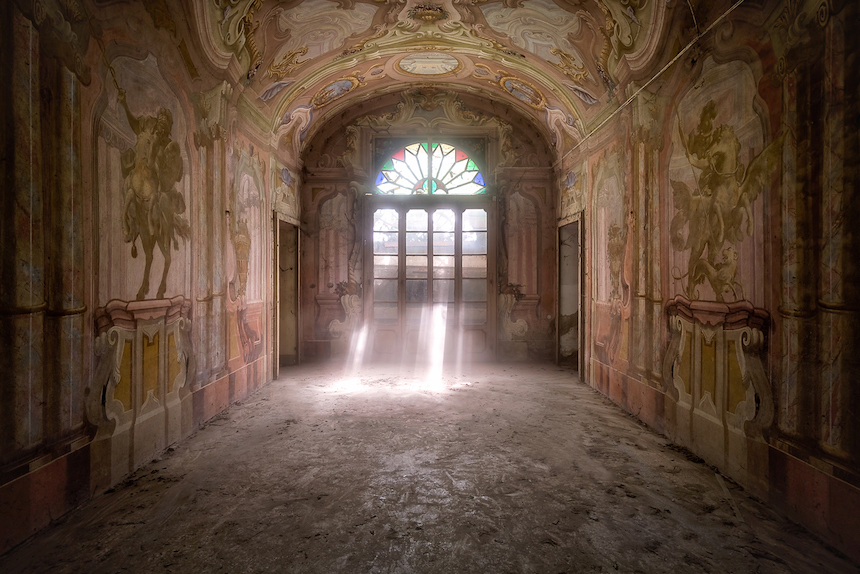
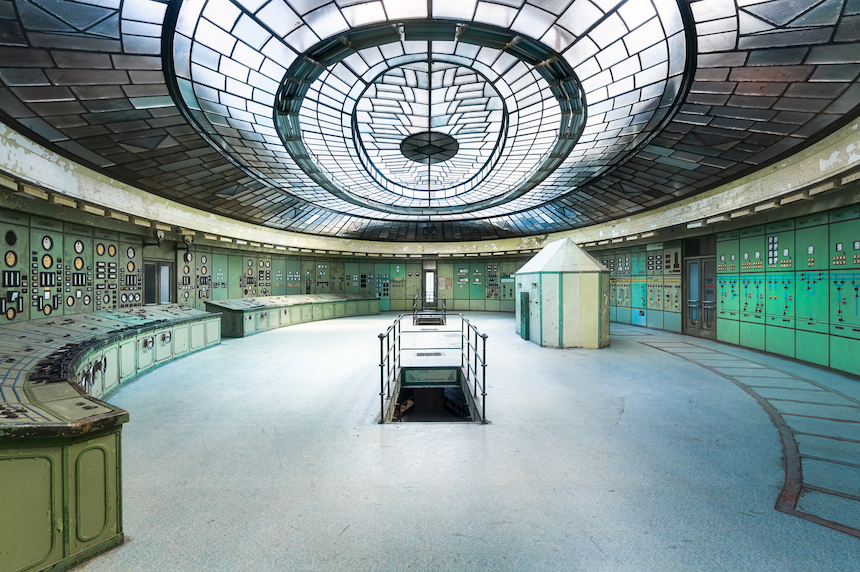
When I started this journey, most of my friends and family thought it was crazy and did not understand the passion behind it at all. They saw the buildings as a mess and could not imagine anyone would be interested in them. Over time, they started to see what I see, and feel what I felt.
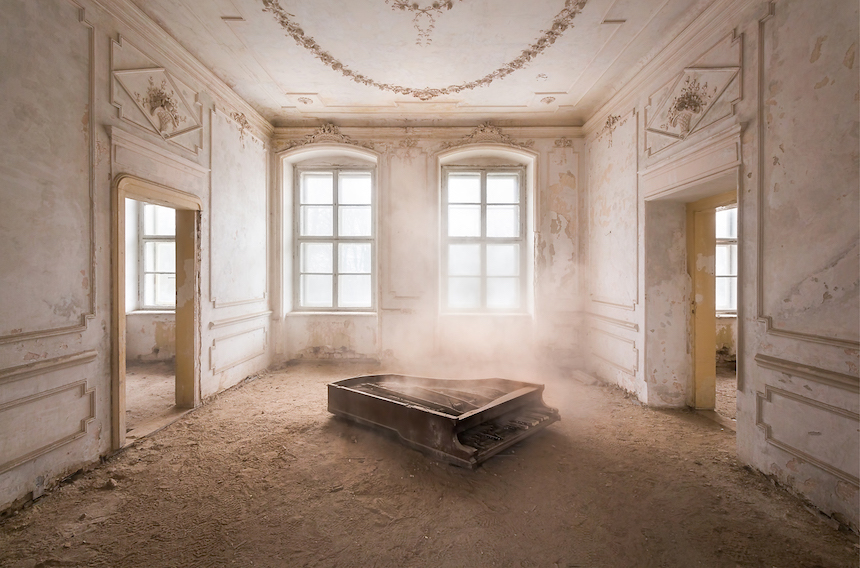
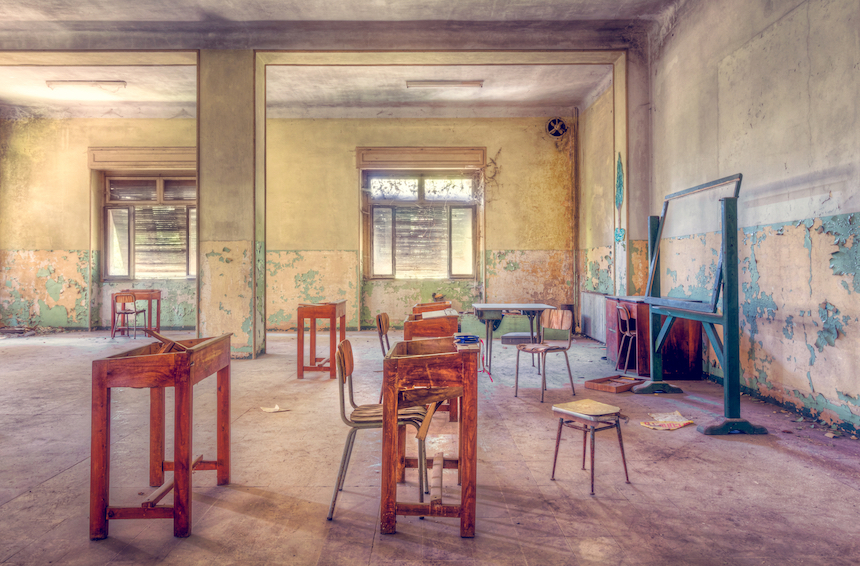
I haven’t encountered any haunting activities in any of the buildings I visited. Sometimes, a building can give me a bad vibe and I won’t stay for long. Or I find bones, or I’m aware of criminal activity that took place inside of the building such as a drug laboratory or a (rumored) murder. When I don’t feel at ease at a location, I simply leave. Besides that, I rarely visit these buildings alone, and it’s a lot more comfortable to share any frightening feelings with my companion.
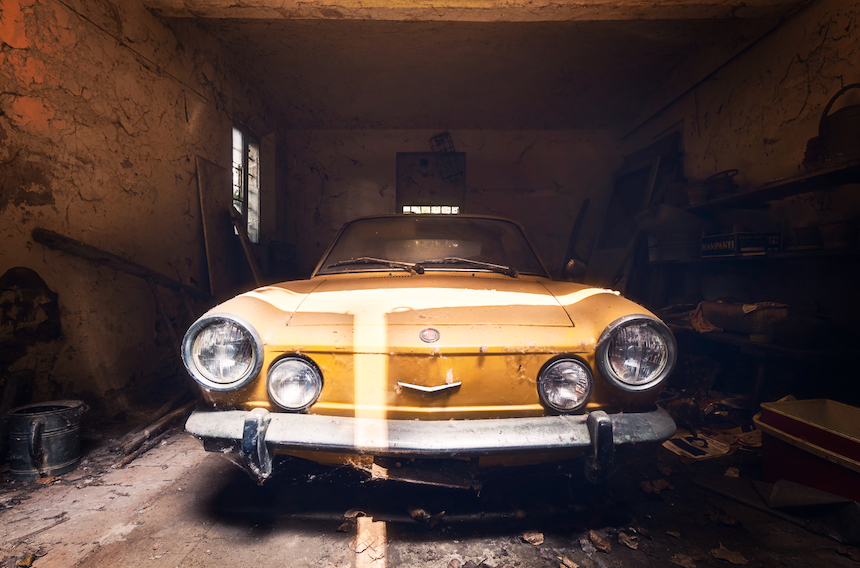

I believe that we can learn that today, abandoned places offer a unique glimpse into the past. A source of reflection, perhaps, as they prompt us to think about the future. If an abandoned church, castle, farm, hospital, or anything else, that was once the most important haven in the community or family, can become a pile of ruins, what does that say about what we hold certain today?
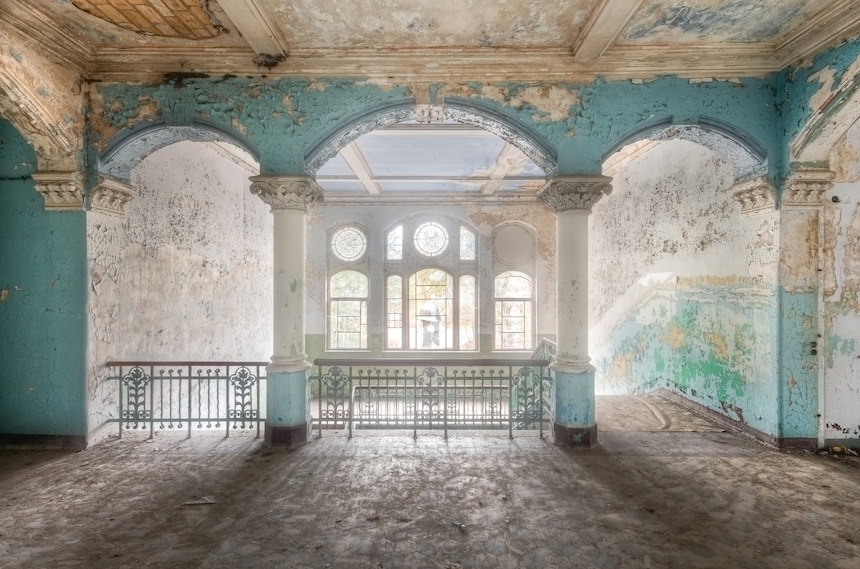
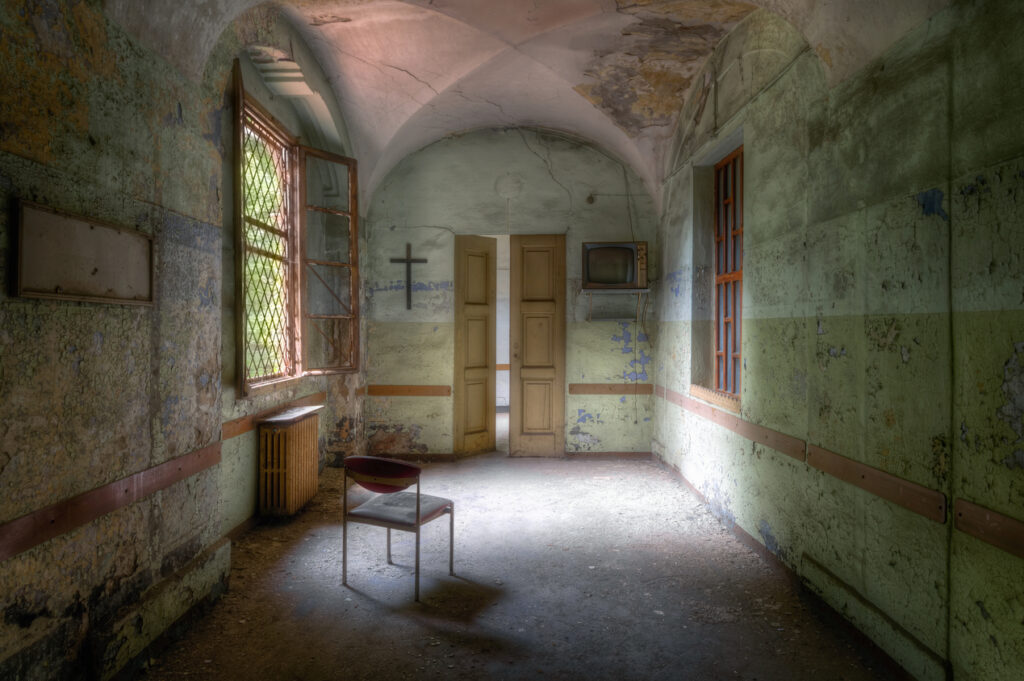
These are the traces of the past of many communities and families, and if we follow them, we can see where we all came from and perhaps where we’re going. It might be that this sparks something in the mind of the people that find the photos so compelling. I hope so at least, because that is my main mission.
